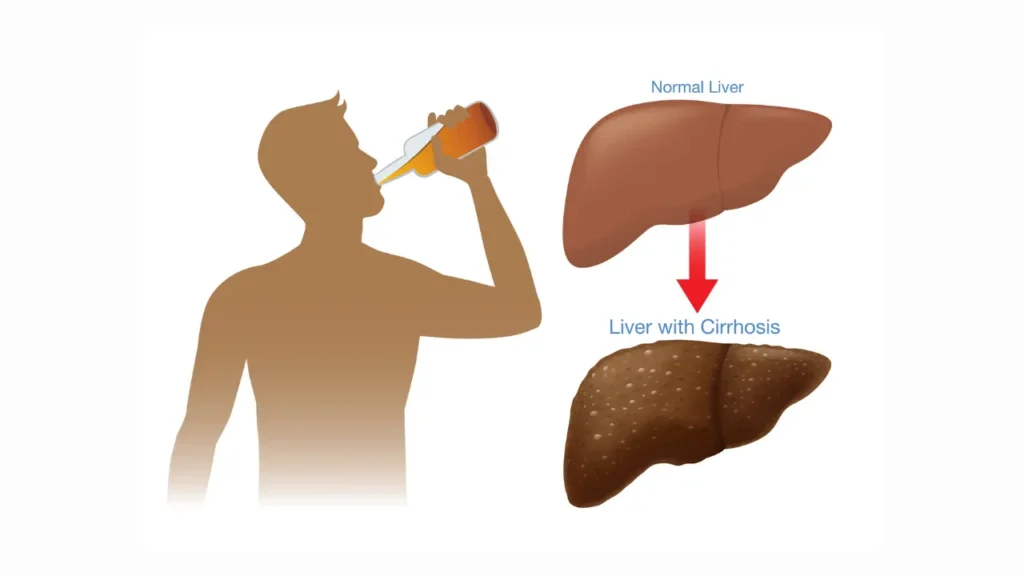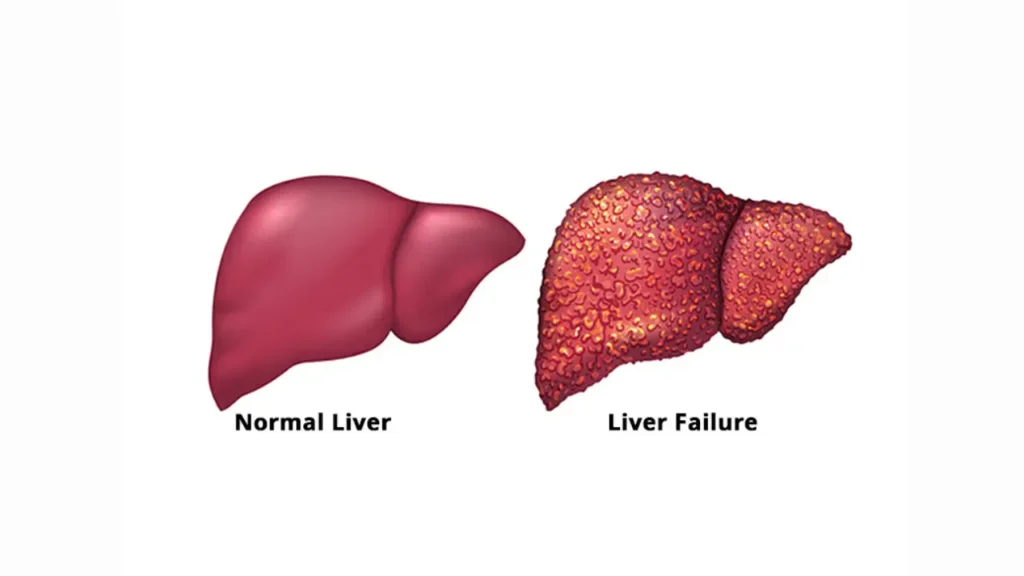The liver, one of the largest and most vital organs in the human body, performs a wide range of functions—from filtering toxins and aiding digestion to storing essential nutrients and producing proteins vital for blood clotting. Yet despite its resilience, the liver is not immune to damage. When it starts to fail, the consequences can be life-threatening.
This blog aims to educate you about the symptoms of liver failure, focusing on early warning signs, gender-specific symptoms, causes such as alcohol abuse, and the often-overlooked indicators of acute liver failure. Timely recognition can make a critical difference between recovery and irreversible damage.
Understanding Liver Failure: A Brief Overview
Liver failure occurs when large parts of the liver become damaged and can no longer function properly. There are two main types:
- Acute Liver Failure – Rapid onset, often within days or weeks. It typically affects people with no prior history of liver disease.
- Chronic Liver Failure – A slow and progressive deterioration of liver function, often caused by long-term damage from hepatitis, fatty liver disease, or prolonged alcohol abuse.
What Are the Symptoms of Liver Failure?
Early signs of liver failure can be subtle and easily confused with other health issues. Here are the most common symptoms of liver failure in humans:
- Fatigue and Weakness – A constant feeling of exhaustion, even with enough rest.
- Nausea and Vomiting – Often accompanied by loss of appetite and weight loss.
- Abdominal Pain and Swelling – Especially in the upper right quadrant.
- Jaundice – Yellowing of the skin and eyes due to bilirubin buildup.
- Dark Urine and Pale Stools – Changes in color indicate poor bile production.
- Easy Bruising and Bleeding – Caused by reduced clotting factors produced in the liver.
- Confusion or Disorientation (Hepatic Encephalopathy) – A sign that toxins are affecting the brain.
Symptoms of Liver Failure in Females: Gender-Specific indicator

While many symptoms are universal, symptoms of liver failure in females can also include:
- Hormonal Irregularities – Missed periods or early menopause.
- Skin Changes – Red palms (palmar erythema), spider-like blood vessels on the skin.
- Mood Swings and Depression – Often linked to changes in hormonal and chemical balances.
- Increased Risk of Osteoporosis – Due to impaired vitamin D metabolism.
Women are also more prone to autoimmune liver diseases like primary biliary cholangitis (PBC), which may not present until advanced stages.
Symptoms of Liver Failure Due to Alcohol

Excessive alcohol consumption is a major cause of liver disease worldwide. When the liver can no longer process alcohol effectively, it results in a buildup of toxins that can trigger symptoms of liver failure due to alcohol, such as:
- Persistent Nausea and Vomiting
- Swollen Abdomen (Ascites)
- Irritability and Mood Changes
- Bleeding Gums or Nosebleeds
- Muscle Wasting – Due to poor nutrient absorption
- Hand Tremors – A neurological sign of chronic liver disease
Chronic alcohol abuse can lead to cirrhosis, which significantly increases the risk of liver failure.
Signs and Symptoms of Acute Liver Failure

Acute liver failure is a medical emergency and may develop rapidly. Knowing the signs and symptoms of acute liver failure can help save a life:
- Sudden Jaundice
- Severe Mental Confusion or Coma
- Unexplained Bleeding (Nose, Gums, Bruises)
- Rapid Heart Rate and Low Blood Pressure
- Seizures
Unlike chronic liver failure, acute liver failure can occur in individuals with no history of liver disease. It may be triggered by drug reactions (especially acetaminophen), hepatitis infections, or ingestion of toxins like wild mushrooms.
When to See a Doctor
If you or someone you know experiences any of the above symptoms—especially jaundice, confusion, or unexplained bleeding—seek medical attention immediately. Early diagnosis through blood tests, imaging, and sometimes liver biopsy can determine the extent of damage and guide treatment options.
Prevention and Lifestyle Tips
While some liver conditions are genetic or unavoidable, many are preventable through healthy lifestyle choices:
- Limit Alcohol Consumption – Follow recommended guidelines or abstain if at risk.
- Eat a Balanced Diet – Focus on high-fiber foods, healthy fats, and lean protein.
- Exercise Regularly – Maintain a healthy weight to prevent non-alcoholic fatty liver disease.
- Get Vaccinated – Protect against hepatitis A and B.
- Avoid Overuse of Medications – Especially painkillers like acetaminophen.
Final Thoughts
The liver is a silent workhorse—until it begins to fail. Recognizing the early symptoms of liver failure can prevent permanent damage and even save lives. From general fatigue and abdominal pain to more specific signs like jaundice and hormonal changes, every symptom is a message from your body.
Whether the damage is caused by alcohol, disease, or lifestyle, awareness and timely medical care can make a world of difference. Prioritize liver health today for a stronger, healthier tomorrow.



